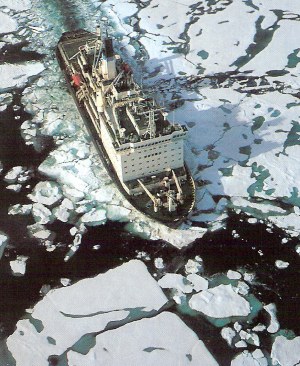|
|
Antarctica: Ecotourism at the end of the earth
Antarctica, perhaps the most remote off all destinations, is attracting sizable numbers
But between the large-capacity cruisers and the smaller ships that can maneuver into previously unchartered territory, experts fear that the industry will be unable and unwilling to contain itself. "We have a love-hate relationship with tourism," says Beth Clark, director of the Antarctica Project, a non-profit environmental group. Conventional wisdom holds that most of the continent's pollution problems stem from the scientists stationed there, whereas most tourists to Antractica tend to be nature lovers. "When people go, they return very committed to protecting the continent," says Clark. "But we still don't know enough about the environmental impact, and we may not know for at least ten years."
For instance, in February 1991, one Antarctica expert told Conde Nast Traveler that after the first tourists came to Cape Royds in the 1960s, the penguin population dropped by 50 percent. Today, according to Clark, the Cape Royds penguins are making a comeback. "Perhaps they've acclimated to people," she says. "We really don't know-and that's the point."
One thing is certain: the bigger the ship, the bigger the crowd. The International Association of Antarctica Tour Operators (IAATO), a trade group founded in 1991 to promote environmentally responsible travel to the Antarctic, requires each of its 22 members to book a maximum of 400 passengers and to allow no more than 100 ashore at a time. The agreement led to the withdrawal from IAATO of Orient Lines, whose ship Marco Polo is reserving more than 400 spaces per trip for the 1997-98 season.
The 26 nations that jointly administer the region will convene in Christchurch, New Zealand, later this month to discuss environmentally sound ways to visit and research Antarctica. First on the agenda, however, is official ratification of the Antarctic Environmental Protocol of 1991, which would require all visitors to conduct a "prior evaluation of a proposed activity and its likely impacts." The United States has yet to sign the protocol, and this, according to Clark, continues to be the main obstacle to its ratification.
Source: Conde Nast Traveler
|
|||
This website is created and designed by Atlantis International, 2006
This is an unofficial website with educational purpose. All pictures, and trademarks are the property of their respective owners and may not be reproduced for any reason whatsoever. If proper notation of owned material is not given please notify us so we can make adjustments. No copyright infringement is intended.
